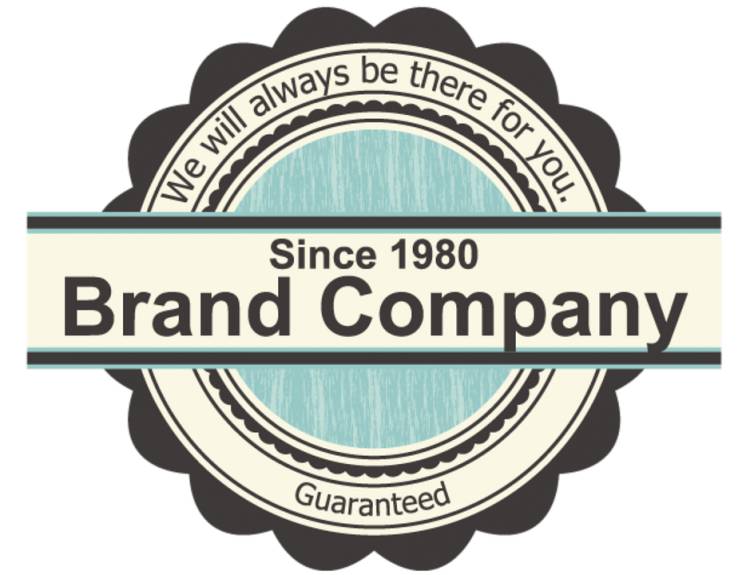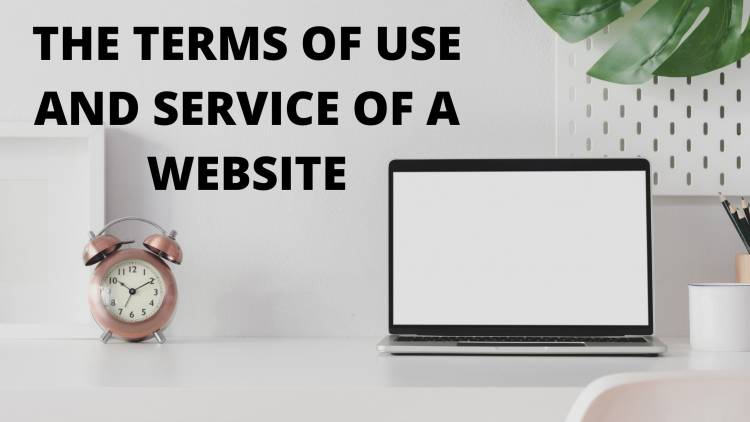Invisible Infringement: How Hidden Digital Use Still Violates Trademark Rights
Invisible online tactics like meta tag misuse, keyword hijacking, and backend code manipulation can significantly impact brand equity and consumer behaviour. Indian courts have affirmed that such hidden digital practices still constitute trademark infringement under the Trade Marks Act, 1999. This article explains how invisible infringement works, key judgments, risks for brand owners, and proactive strategies for IP

The Shift from Visible to Invisible Infringement
Change leads to innovation and nowhere is this more evident than in the field of intellectual property infringement. Traditional trademark violations were once obvious: counterfeit goods, deceptive packaging, or unauthorized use of logos on physical products. Today, however, infringement has become more elusive, often hidden within lines of code or digital algorithms that manipulate how consumers discover brands online.
This new wave of infringement often called invisible infringement does not rely on physical imitation but on digital deception. E-commerce platforms, search engines, and social media advertising have made it possible for companies to divert consumer traffic using backend techniques that go unnoticed by the average user.
Meta Tags: The Invisible Manipulator
Meta tags, embedded within a website’s HTML code, help search engines index and rank pages. These tags typically include keywords, titles, and descriptions that define how a page appears in search results.
Meta tags can be weaponized for unfair advantage. When a company embeds a competitor’s trademark in its own meta tags, it tricks search algorithms into associating its website with that competitor’s brand. This manipulation can cause the infringing company’s page to appear higher in search rankings for queries involving the trademarked term misleading users into believing an association exists where none does.
Such misuse may not be visible to consumers, but its consequences are far-reaching: diversion of web traffic, erosion of brand goodwill, and dilution of consumer trust. Importantly, the courts have held that even though meta tag misuse is invisible, it still qualifies as trademark “use” under the Trade Marks Act, 1999.
Legal Recognition: What the Courts Have Said
Sections 29(6) to 29(9) of the Trade Marks Act broaden the definition of “use” to include the mark’s placement in advertising, business papers, and other representations. Courts have consistently interpreted this expansively to include digital and backend use.
1. Google LLC v. DRS Logistics (P) Limited (Delhi High Court)
This landmark case dealt with the use of trademarks in Google Ads and search keywords. The Delhi High Court held that invisible use even if the mark is not displayed and can amount to infringement if it causes confusion or misleads consumers.
The Court introduced the concept of “initial interest confusion”, where even a brief moment of confusion can be unlawful if it unfairly captures consumer attention. However, it also clarified that mere use of a mark as a keyword without a likelihood of confusion does not automatically lead to infringement.
2. Mattel Inc. & Ors v. Jayant Agarwalla & Ors (Delhi High Court)
In this case, users searching for the game “Scrabble” were directed to “Scrabulous,” a game with a deceptively similar name. The Court found that such diversion created confusion and constituted infringement, as consumers were led to believe that Scrabulous was connected to Scrabble.
3. People Interactive (I) Pvt. Ltd. v. Gaurav Jerry & Ors (Bombay High Court)
Here, the defendant had embedded the plaintiff’s trademark and domain name into his website’s meta tags. This diverted nearly 4.67% of online traffic from the plaintiff’s website a measurable commercial loss. The Court held that this unauthorized use amounted to trademark infringement and unfair competition.
4. Titan Company Ltd. v. Lenskart Solutions Pvt. Ltd. (Delhi High Court)
Titan alleged that Lenskart used its registered marks “Titan” and “Fastrack” within its meta tags and source code to manipulate search results. Lenskart admitted the act but claimed it was inadvertent. The Court emphasized that such invisible use still constitutes “use” under trademark law, reinforcing the settled position that hidden misuse of marks remains actionable.
The Expanding Scope of Trademark “Use”
The consistent message across judicial decisions is clear: trademark use extends beyond visibility. Whether a mark appears on packaging, in online advertisements, or within the invisible architecture of a website, its impact on consumer perception and market dynamics is what matters.
This evolution in judicial thinking reflects a pragmatic approach one that aligns traditional legal principles with modern marketing techniques. By recognizing invisible trademark use, Indian courts ensure that IP protection keeps pace with the realities of the digital marketplace.
To know more about this you can follwo the link below:
Challenges for Brand Owners in the Digital Age
In today's digital economy, brand visibility has never been greater. However, this new landscape also brings its own set of challenges for trademark protection:
1. Algorithmic Manipulation: Competitors might try to manipulate search engine rankings by using unauthorized keywords or meta tags, which can undermine your brand's online presence.
2. Keyword Hijacking: Paid advertising platforms like Google Ads allow businesses to bid on competitors’ trademarks. This means they can attract your audience by using your brand name in their ads.
3. Backend Code Exploitation: Some may hide trademarked terms in HTML or metadata, which can confuse search engine crawlers and misdirect traffic away from your brand’s site.
Navigating these challenges is crucial in safeguarding your brand in a rapidly evolving digital landscape. The result is a modern form of infringement that damages brands without ever displaying the infringing mark to the public.
Proactive Protection: What IP Holders Can Do
As the guardians of your brand, it’s important for IP holders to stay alert and proactive against potential infringements. Here are some friendly tips to help you keep your brand safe:
1. Regular Digital Audits: Make it a habit to look for your trademarks in competitors’ metadata, keyword lists, or ads. A little detective work goes a long way.
2. Keep an Eye on Search Results: Use tools like Google Alerts and SEO crawlers to stay informed about any suspicious activity or sudden changes in rankings.
3. Inspect Source Code: A quick look at your site’s HTML can uncover any unauthorized use of your trademarks.
4. Take Swift Action: If you spot misuse, don’t hesitate to send out cease-and-desist letters or takedown requests to those platforms. Acting early can make a big difference.
5. Team Up with Tech Experts: Collaborate with your legal and IT teams to tackle any invisible infringements more effectively.
By staying vigilant and working together, you can better protect your valuable intellectual property.
A Call for Awareness and Reform
the law may already provide sufficient protection to address invisible infringement but awareness among businesses remains low. Lawmakers may consider clarifying statutory language to explicitly recognize digital misuse, though judicial interpretation has largely filled that gap.
Ultimately, the lesson is clear: invisibility does not equal immunity. In a world driven by algorithms, unseen actions can have visible consequences. Trademark law must therefore continue to evolve not just to punish deception but to preserve fair competition and consumer trust.
Conclusion
Invisible infringement marks the next frontier in trademark protection. As businesses increasingly compete in the digital space, IP holders must adapt their protection strategies from physical marketplaces to algorithmic battlegrounds. The judiciary has recognized that invisible misuse of a mark even without direct consumer display can amount to actionable infringement.
In this evolving environment, vigilance, awareness, and technological adaptation will be key to ensuring that innovation does not become an excuse for infringement.












